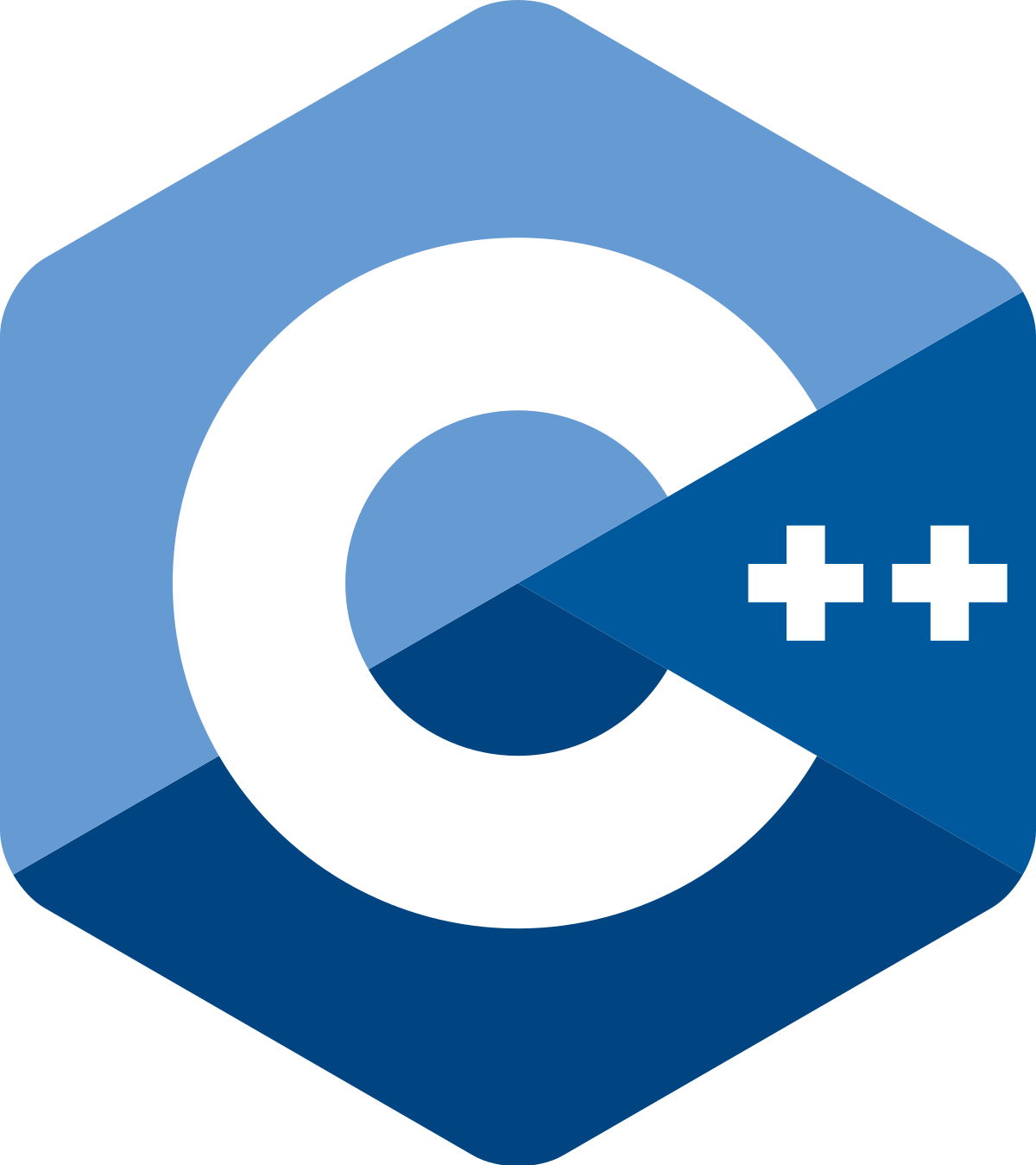

An inverse mapping of indices stored in heap is also maintained it gives the position in the heap where an index of a key is currently stored. Every item of pq is a pair (weight, vertex). In this C++ tutorial, we are going to discuss priority queue and its implementation in C++. The heap stores the indices and not the keys themselves. 1) Initialize distances of all vertices as infinite. Popping removes the top of the binary heap, but then the resulting hole needs to be bubbled down. The comparing function is a copy of comp and the underlying container depends on the constructor used: (1) initialization constructor The underlying container is a copy of ctnr, sorted by the makeheap algorithm. The C++ priority queue is implemented using a binary heap. This cannot be provided with a simple heap-based implementation and requires augmenting the heap with indexing. A priorityqueue keeps internally a comparing function and a container object as data. Declare a priorityqueue variable that specifies the custom data type and the.
template < class Type, class ContainervectorThe prototype of the priorityqueue template class is as follows: C++. However, some algorithms demand updating the values of elements while they are in the priority queue (eg., edge relaxation in Dijkstra’s shortest path algorithm). Create and access priorityqueue variables with custom data types. It can be implemented as a min-heap, providing access to the minimum element in O(1), deletion of the minimum element in O(log N) and insertion in O(log N) where N is the number of elements in the heap. The priority queue in C++ is a derived container in STL that considers only the highest priority element. A min-priority queue is an abstract data structure that supports efficient query of the minimum element in a list of elements, insertion of elements and deletion of the minimum element.


 0 kommentar(er)
0 kommentar(er)
